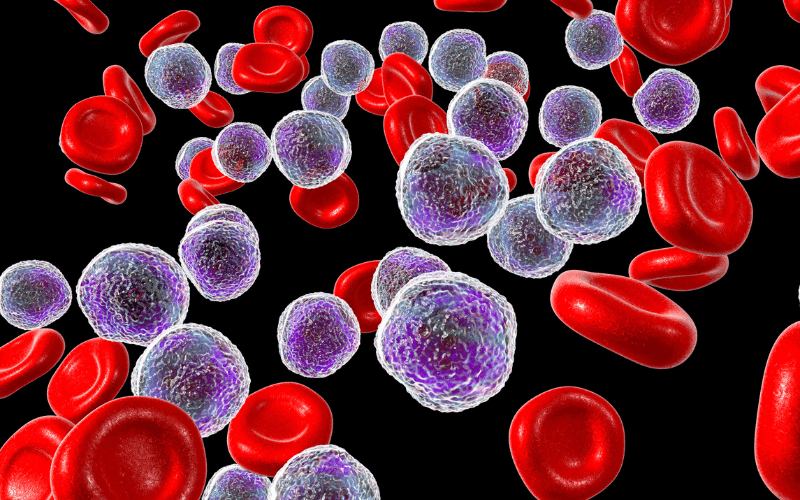Introduction: Delving Deep into the Mysteries of Acute Lymphoblastic Leukemia in Children

Amidst the complexities of human health, there exists a multitude of diseases, each with its own set of enigmas. Among these, acute lymphoblastic leukemia (ALL) stands out, especially when it manifests in children. A malignancy that initiates in the bone marrow, ALL has been a subject of intrigue and intense study among medical researchers and practitioners alike. Yet, despite our advances in medical science, ALL retains its cloak of mystery, revealing itself only in parts, and often catching its young patients and their families off-guard.
To the uninitiated, ALL might just be another name, another disease in a long list of medical conditions. However, the profound implications it holds for the affected child, their family, and the larger medical community cannot be overstated. This leukemia variant isn’t just a disease; it’s a life-changing event, reshaping the trajectory of a young life.
What makes ALL so significant in pediatric health? Is it merely its prevalence, or is there more to this leukemia type? The answers lie in its genesis, its progression, and the unique ways it interacts with a child’s body. It’s a disease that doesn’t just impact the physical realm but permeates the psychological and emotional spheres as well.
The intricacies of ALL range from its cellular origin to the broader symptoms it evokes, painting a picture that is both intricate and, at times, enigmatic. And while it is crucial to understand its clinical manifestations, it’s equally imperative to appreciate its broader impact on pediatric health. Join us on a journey as we uncover ten essential facets of this formidable foe in children’s health.
1. The Cellular Anomaly: Understanding ALL’s Initial Uprising

Diving into the human body’s inner workings, the bone marrow stands as a vital production facility. Here, the creation of blood cells occurs at an astonishing pace, catering to the body’s myriad needs. But sometimes, this harmonious process falters. In the case of ALL, immature white blood cells, or lymphoblasts, begin to multiply at an alarming rate. Instead of maturing and joining the body’s defense force, they crowd out healthy cells.
This sudden surge in immature cells isn’t random. Specific genetic mutations play a pivotal role, setting these cells on a path of uncontrolled growth. In essence, it’s a system that has lost its rhythm, like a finely-tuned instrument now producing discordant notes.
Yet, this cellular rebellion isn’t limited to the bone marrow. Over time, these rogue cells, driven by their mutated directives, venture into the bloodstream. They invade spaces, displacing healthy cells and disrupting vital functions.
A significant consequence of this infiltration is a weakened immune response. The body, instead of fortifying its defenses, finds itself accommodating these dysfunctional cells, leading to an array of symptoms. Pale skin, fatigue, and unexplained fevers become the new norm.
Each symptom is a testament to the internal struggle, revealing just a fraction of the chaos ensuing beneath the skin. They serve as a window into the cellular battleground, offering insights into the war between leukemia cells and the body’s attempts to restore order. (1)